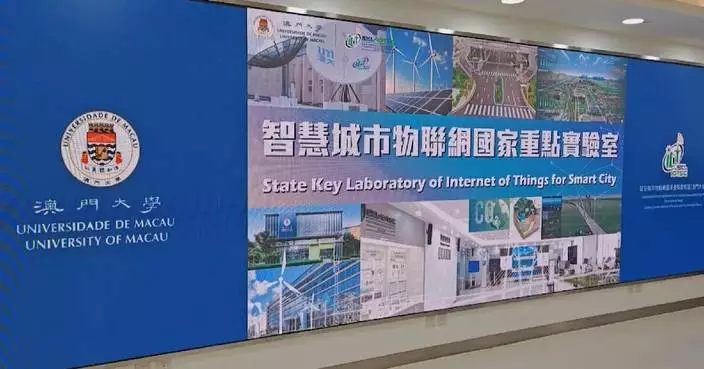China has unlocked many new application scenarios for its burgeoning low-altitude economy sector, which has entered the rapid growth stage with a scale expected to reach 2 trillion yuan (about 279 billion U.S. dollars) by 2030.
The low-altitude economy is an economic concept that relies on low-altitude airspace, in which unmanned aircraft like drones, helicopters and flying cars play a dominant role. It involves economic sectors such as low-altitude flight, air tourism, passenger transportation, general aviation services, scientific research and education, among others.
In the first half of this year, China recorded over 600,000 newly registered drones or unmanned aerial vehicles (UAVs) with the total number soaring 48 percent over the end of last year.
Now more than 14,000 drone companies hold a valid civil UAV operation certificate, and over 225,000 people possess the drone pilot license. Official data show that last year, the market size of China's low-altitude economy exceeded 500 billion yuan (about 69.85 billion U.S. dollars), with another 300 billion yuan (about 41.91 billion U.S. dollars) in new output value registered in the first six months of this year.
In less than a year after the Central Economic Work Conference held in December 2023 officially identified the low-altitude economy as a strategic emerging industry, the sector has further expanded in application scope and made many new technological breakthroughs.
Shenzhen City, an economic powerhouse in south China's Guangdong Province, has launched the country's first "low-altitude plus railway" intermodal transport service to facilitate people's traveling. Passengers can hail a helicopter through a few quick clicks on their cell phones when stepping out of a train station, which will take them less than one hour to almost any place they want to go in the sprawling Guangdong-Hong Kong-Macao Greater Bay Area.
The service improves the travel efficiency by more than six times that of a conventional transportation mode.
"I think it's a very cool thing. I'd try many more flying routes in the future where conditions permit," said a passenger surnamed Dong.
"More and more people now hail 'aerial taxis' through the mobile app we have developed. In the future, we will iterate the current diesel-powered helicopter into an electric aircraft to control the airfare at about a few hundred yuan," said Cai Wuqun, general manager of the strategy department at the Shenzhen-based HELI-EASTERN, a low-altitude general aviation carrier and helicopter service provider.
With the booming low-altitude economy, there have emerged many new business modes, such as intra-city air travel, inner-city commute, and aerial tour of scenic areas across a city. In the first half of this year, Shenzhen alone posted 12,000 manned helicopter flights for various purposes, an increase of 20 percent year on year.
Low-altitude aircraft are transforming sci-fi movie scenes into reality, bringing new revolution to people's daily life. Not long ago, four university admission notices were delivered by a drone to a residential community in Guangzhou, the provincial capital of Guangdong, setting a record in the country.
During the just-concluded Paris Olympics, China-made drones staged a splendid and dazzling aerial show over the iconic Eiffel Tower by forming various patterns in the night sky, immersing global tourists in the magic created by Chinese technologies. In April this year, a Chinese civil UAV transported goods to a location at 6,000 meters above sea level on Mt. Qomolangma, shortening the delivery time from eight hours to only 12 minutes.
"As a representative of new quality productive forces, low-altitude economy is no longer just a new way of transportation, but can widely empower the primary, secondary and tertiary industries. Its application scenarios become more diversified and the user experience is constantly bettered for people to enjoy a more pleasant flight," said Li Wenyu, director of the intellectual property and innovation development center at the China Academy of Information and Communications Technology.

Booming low-altitude economy expands further

Booming low-altitude economy expands further

Booming low-altitude economy expands further

Booming low-altitude economy expands further









